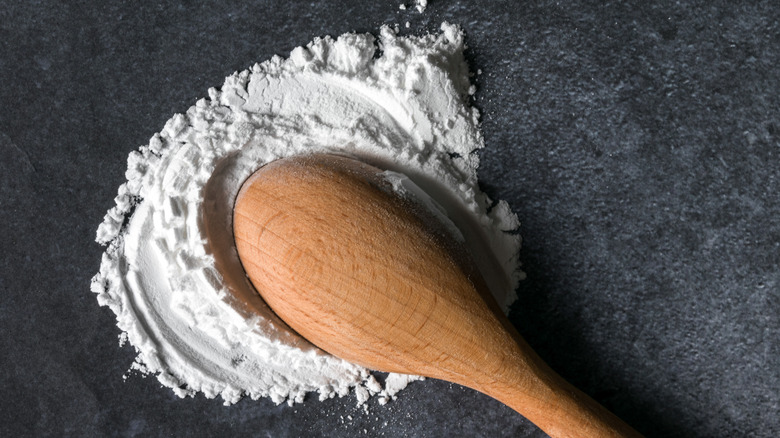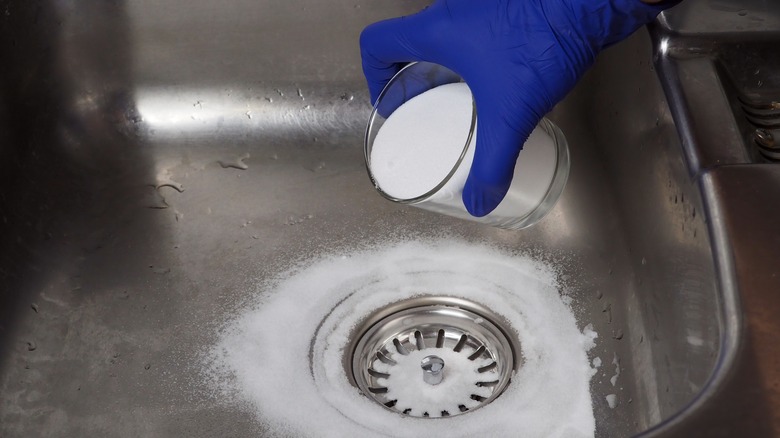What Is Cream Of Tartar And Why Is It Important For Baking?
If you like to bake, you have likely come across a recipe that calls for cream of tartar. The ingredient can seem jarring at first — especially since it shares a name with the savory sauce people slather on fried fish — but it actually has many uses that can elevate your baking.
So what exactly is cream of tartar? It is a powdered form of tartaric acid that is a byproduct of the winemaking process, specifically grape fermentation. It may also be known as potassium bitartrate or potassium acid tartrate. Usually, cream of tartar is a dry, white powder. Cream of tartar is sometimes used as an ingredient in baking powder, along with baking soda.
Cream of tartar is usually located in the baking aisle of the grocery store since that is its primary use. It may also be located near the spices. But what exactly does the powder do for baking?
Why is cream of tartar used for baking?
Cream of tartar actually has several uses when it comes to baking. From adding tanginess to snickerdoodles to preventing sugar from browning, its impacts are usually subtle but important.
The powder may be most well-known for stabilizing egg whites. This helps desserts made with whipped egg whites, like lemon meringue pie or macarons, keep their shape. Cream of tartar can also help prevent whipped cream from deflating.
In cookies, cream of tartar is often used for flavor and chewiness. The most prominent flavor example is snickerdoodles: the acidity of the cream of tartar pairs with cinnamon to create the cookie's signature flavor. And since the acid prevents sugar from crystalizing, it helps cookies stay chewy, instead of crispy.
Cream of tartar is also known to prevent sugar from browning, which keeps snickerdoodles and other cookies, like iced sugar cookies, from getting golden brown. This is beneficial in desserts like angel food cake that need to stay light and fluffy. Preventing sugar from crystalizing also makes cream of tartar useful in caramel, fudge, and simple syrup.
The ingredient is often optional, and you likely won't destroy your meringue or cookies if you leave it out. However, if you don't have any cream of tartar on hand and are looking for a good substitute, you can try one teaspoon of lemon juice or vinegar for every 1/2 teaspoon of cream of tartar called for.
What other uses does cream of tartar have?
Baking is definitely the most common use for cream of tartar, but it also has some other uses. Cleaning, cooking, and substituting for other acidic items are a few.
When cleaning, cream of tartar works well on metal and porcelain. Food Network advises mixing it with water, lemon juice, or vinegar until paste forms. The same method can be used to remove coffee stains in mugs. In cooking, cream of tartar can retain the color of steamed vegetables and make some foods, like tomatoes, more flavorful. As a substitute for other acidic items, cream of tartar can replace baking powder or be mixed with warm milk to replace buttermilk.
These are just a few of the many uses of cream of tartar. If you want some ideas, check out these recipes for cloud bread, lemon meringue angel food cake, or meringue cookies.


